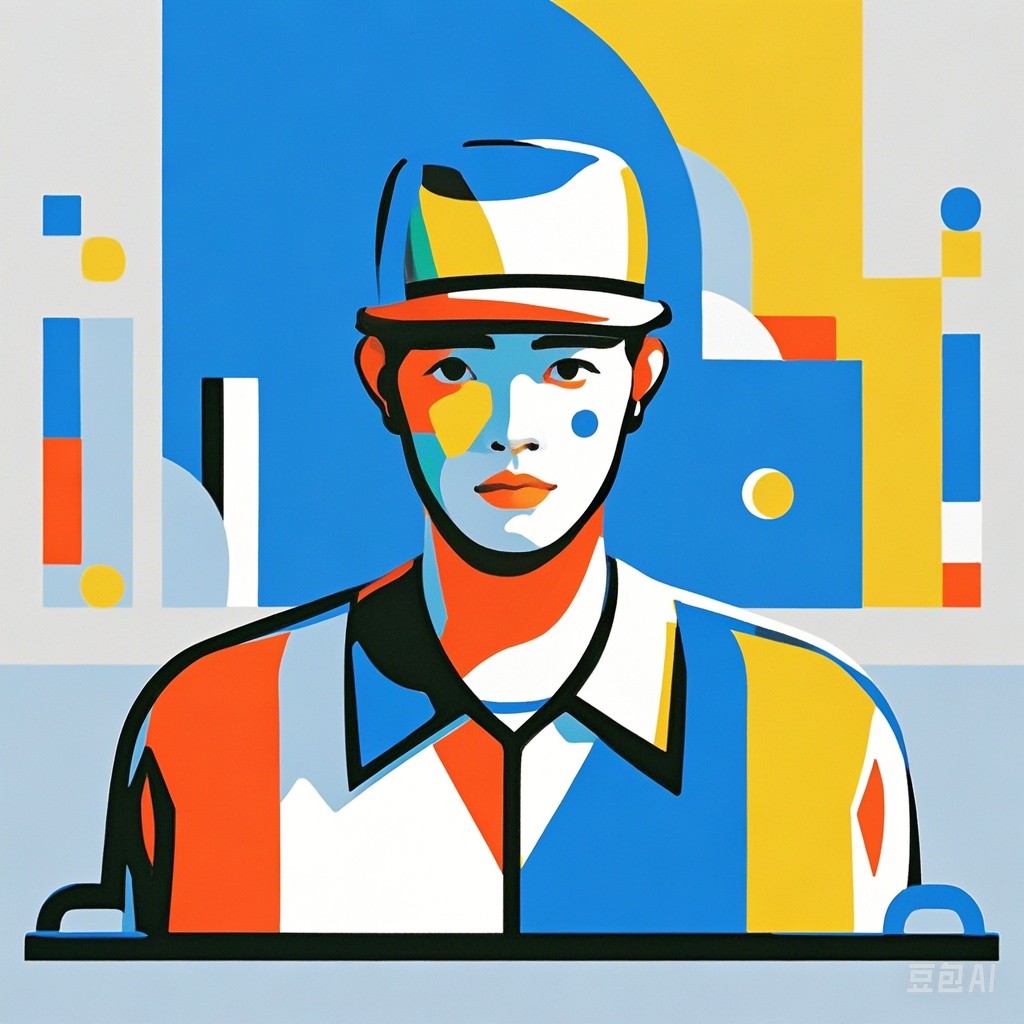Introduction
Dance, an ancient form of expression, has transcended cultures and time, serving as a medium for celebration, storytelling, and healing. Beyond its entertainment value, dance has emerged as a powerful tool for mental, emotional, and physical well-being. This article delves into the healing power of dance, exploring its various benefits and how it can help you achieve a state of Zen.
The Science Behind Dance and Healing
Neuroplasticity
One of the key reasons dance is beneficial for healing is due to neuroplasticity. This concept refers to the brain’s ability to change and adapt throughout our lives. When we engage in dance, we challenge our brain to learn new movements, patterns, and rhythms. This process strengthens neural connections and can improve cognitive functions such as memory, attention, and problem-solving skills.
Endorphin Release
Dance is a physical activity that stimulates the release of endorphins, the body’s natural mood lifters. These chemicals reduce feelings of pain and stress, leaving you with a sense of well-being and happiness. Regular dance practice can lead to increased endorphin levels, contributing to an overall improved mental state.
Mind-Body Connection
Dance is a unique form of exercise that engages both the mind and body. It requires focus, coordination, and rhythm, fostering a deep connection between these two aspects of ourselves. This connection can lead to greater self-awareness, emotional regulation, and a sense of balance.
Types of Dance for Healing
Therapeutic Dance
Therapeutic dance, also known as dance therapy, is a form of psychotherapy that uses movement to improve physical, emotional, cognitive, and social well-being. It can be beneficial for individuals with various conditions, including depression, anxiety, trauma, and chronic pain.
Examples:
- Dance Movement Therapy (DMT): A holistic approach that combines dance, music, and talk therapy to explore emotions and experiences.
- Dance/Movement Psychotherapy (DMP): A form of therapy that focuses on the relationship between movement and emotional expression.
Mindfulness-Based Dance
Mindfulness-based dance practices, such as mindful dance or dance meditation, encourage individuals to focus on the present moment while moving. These practices can help reduce stress, improve concentration, and enhance emotional well-being.
Examples:
- 5Rhythms Dance: A practice that combines movement, music, and breath to explore different states of consciousness.
- Dance of the Spirit: A form of dance meditation that emphasizes the connection between movement and spiritual growth.
Fitness Dance
Fitness dance classes, such as Zumba, hip-hop, or ballet, offer a fun and effective way to improve physical health while reducing stress. These classes can be a great way to socialize, meet new people, and enjoy the healing power of dance.
Examples:
- Zumba: A high-energy dance workout that combines aerobics with dance moves from various genres.
- Hip-Hop Dance: A form of dance that originated in African American and Latinx communities, offering a fun and energetic workout.
How to Get Started with Dance for Healing
Find the Right Dance Style
The first step in discovering the healing power of dance is to find a style that resonates with you. Consider your interests, physical abilities, and the benefits you’re looking to achieve. Whether you’re drawn to the grace of ballet, the energy of hip-hop, or the mindfulness of dance meditation, there’s a dance style out there for you.
Join a Dance Class or Group
Attending a dance class or joining a dance group can provide structure, support, and accountability. It’s also a great way to meet like-minded individuals and build a community around your dance practice.
Practice Regularly
Like any form of exercise or therapy, consistency is key. Aim to dance regularly, whether it’s through classes, group practices, or solo sessions at home. Remember, even a few minutes of dance each day can have significant benefits.
Focus on the Process
Instead of fixating on the end result or comparing yourself to others, focus on the process of dance. Allow yourself to be present in the moment, enjoy the movement, and let go of any judgment or self-criticism.
Conclusion
Dance is a powerful tool for healing and well-being, offering a unique blend of physical activity, emotional expression, and mindfulness. By exploring different dance styles and incorporating dance into your daily routine, you can unlock the healing power of dance and achieve a state of Zen. So, let your feet move and let the magic of dance transform your life!
